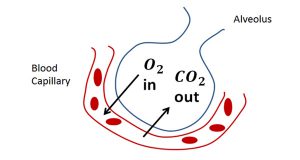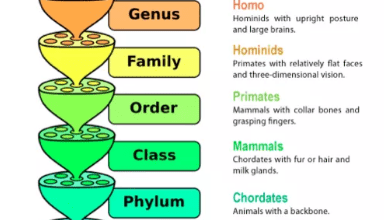Gaseous Exchange in the Respiratory System
Gaseous Exchange in the Respiratory System is very important. The organisms require a constant supply of energy for their activities. Respiration is the most important activity of all organisms. Respiration occurs at two levels:
Organismic Level:
It is known as breathing or ventilation. In this case, the exchange of gases i.e. O2 and CO2 takes place through respiratory surfaces.
Cellular Respiration:
Cellular respiration is directly involved in the production of energy for living activities. In this process, oxygen is utilized and CO2 is released. The energy released during this process is stored in the form of ATP.
Advantages and Disadvantages of Gaseous Exchange in Air and Water
The gases are exchanged by diffusion during respiration. Active transport is not used during respiration. Respiratory gases are exchanged between body fluid and outside medium.
The outer medium may be water or air. Air is a better respiratory medium than water. Oxygen can be obtained more easily from the air than water due to the following reasons:
- The oxygen content of air is much higher than the oxygen content of an equal amount of water. A liter of water contains less than 10ml of oxygen. Whereas, fresh air has 200ml per liter.
- Oxygen diffuses about 8000 times more quickly in the air than in water.
- The exchange of gases takes place by breathing or ventilation. Water is 8000 times denser than air. Water is 50 times more viscous than air. So, ventilation (gaseous exchange) in water is more difficult than ventilation in air.





